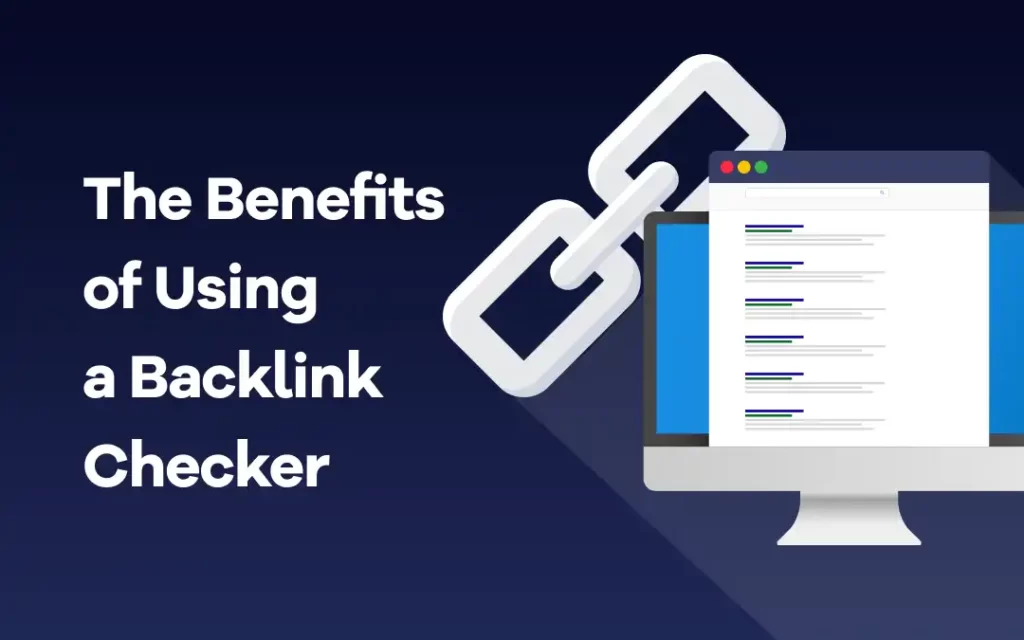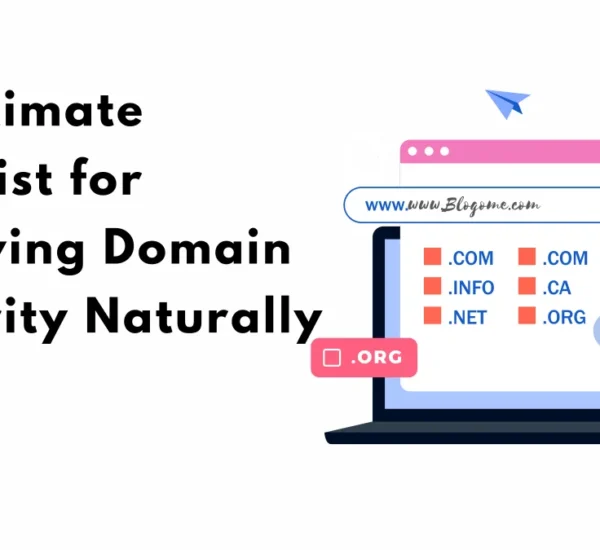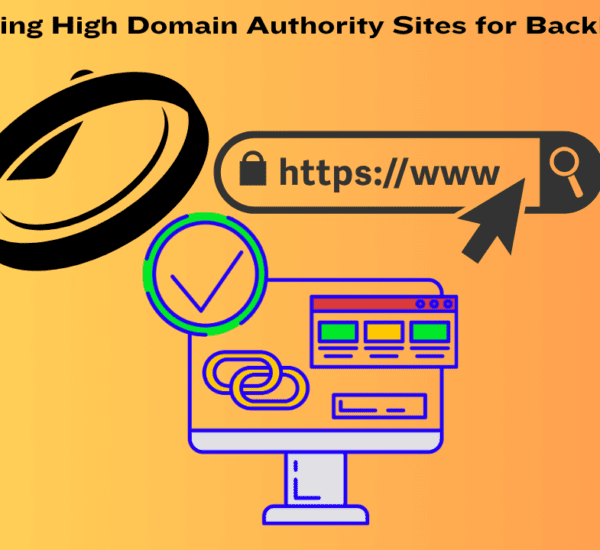In today’s digital era, the significance of backlinks cannot be underestimated. These simple yet powerful tools have transformed the visibility and ranking of websites, making them an essential part of any successful online presence. Understanding the evolution of backlinks from the early days of the internet to their current state is crucial for website owners and digital marketers alike.

Web 1.0: The Birth of Backlinks
Back in the early days of the internet, when static web pages dominated the landscape, the concept of backlinks started to emerge. Backlinks, also known as inbound links or incoming links, were the connections that allowed users to navigate between web pages. They were the foundation of online connectivity and provided valuable context for search engines.
The Rise of Search Engines
With the introduction of search engines came a shift in the importance of backlinks. Google, in particular, revolutionized the way backlinks were evaluated with their groundbreaking PageRank algorithm. This algorithm measured the relevance and authority of a web page based on the quantity and quality of backlinks pointing to it. This shift led to the birth of search engine optimization (SEO) and exponentially increased the importance of backlinks for website ranking.
Link Building: A Paradigm Shift
As SEO practices evolved, so did link building strategies. In the early days, link directories and reciprocal linking were widely employed to boost website visibility. However, a paradigm shift occurred as search engines began to emphasize the importance of natural and quality backlinks. Quantity was no longer the sole focus; instead, relevance, authority, and organic growth became the key drivers of successful backlinking.
Backlinks in Content Marketing
The integration of backlinks in content marketing campaigns has become a vital aspect of modern digital marketing strategies. Crafting content that naturally incorporates relevant backlinks is a powerful way to establish authority and enhance website visibility. Analyzing the anatomy of an effective backlink-rich content piece reveals the careful selection of anchor text, placement, and alignment with the overall content theme. Leveraging guest blogging and influencer collaborations further augment the impact of backlinks in content marketing efforts.
The Dark Side: Manipulation and Penalties
Unfortunately, not all practices involving backlinks have been ethical. Some individuals and organizations have resorted to manipulative tactics to artificially inflate the number of backlinks, thereby compromising the integrity of search engine rankings. In response, search engines, particularly Google, rolled out algorithm updates like Panda and Penguin to combat such link spam. These updates aimed to penalize websites engaged in unethical link building practices, reinstating the importance of quality and organic backlinks.
Nofollow and Sponsored Links
To better manage the dynamics of backlinking, the concept of “nofollow” and “sponsored” link attributes were introduced. Nofollow links inform search engines that the linked page should not be given any ranking value. Sponsored links, on the other hand, are used to disclose paid relationships between websites. The introduction of these attributes reshaped the landscape of backlinking and offered more control over website authority and ranking.
Backlinks and Social Media
In the age of social media dominance, backlinking strategies have adapted to include the influence of platforms like Facebook, Twitter, and Instagram. Shares, retweets, and likes act as indirect backlinks by driving traffic and directing users to websites. The correlation between social signals and website ranking has been a subject of great interest, and numerous studies have shown the positive impact of social media interactions on backlink relevance.
Backlinks vs. Other Ranking Factors
While backlinks are undoubtedly crucial, they are just one piece of the puzzle when it comes to website ranking. On-page SEO factors such as keyword optimization, content quality, and website structure play an equally significant role. Furthermore, user experience (UX) has become increasingly important in determining website ranking. A seamless and enjoyable experience for users enhances website authority, indirectly boosting the prominence of backlinks.
The Future of Backlinks: Emerging Trends
Looking ahead, the evolution of backlinking strategies is likely to be influenced by emerging technologies. Artificial intelligence and machine learning are already being employed in backlink analysis, allowing for more efficient evaluation and understanding of link relevance. Moreover, the rise of voice search is expected to impact backlinking strategies, as the role of anchor text and semantic relevance evolves to cater to voice-based queries. Predictions for the future include a continued focus on quality, relevant backlinks and an increased emphasis on user intent.
Summary and Conclusion
The journey of backlinks from Web 1.0 to today has been remarkable. Their significance in establishing website visibility and authority cannot be overstated. It is imperative for website owners and digital marketers to embrace the evolving nature of backlinking in the digital age. The ever-changing algorithms and practices necessitate a dynamic approach, adapting to emerging trends and consistently striving for quality and relevance.
FAQs
What are backlinks, and why are they important?
Backlinks are incoming links from one website to another. They are important because they serve as indicators of a website’s authority and relevance, influencing search engine rankings.
How do backlinks affect search engine rankings?
Backlinks are a major factor in search engine rankings. Search engines, like Google, consider the quantity, quality, and relevance of backlinks when determining a website’s authority and ranking.
Are all backlinks equally valuable?
No, all backlinks are not equally valuable. Quality and relevance are key factors in determining the value of a backlink. Backlinks from authoritative and relevant websites carry more weight in search engine rankings.
What are some legitimate ways to build backlinks?
Legitimate ways to build backlinks include creating high-quality content that naturally attracts backlinks, guest blogging on reputable websites, engaging in influencer collaborations, and participating in industry-relevant forums and communities.
How can I recover from a backlink penalty?
Recovering from a backlink penalty requires identifying and removing any questionable or low-quality backlinks. It also involves submitting a reconsideration request to search engines, explaining the steps taken to rectify the issue, and ensuring compliance with their guidelines. Seeking professional assistance may be necessary in some cases.






Wow, wonderful blog layout! How long have you ever been running a
blog for? you make blogging glance easy. The total look of your website is magnificent,
as well as the content material! You can see similar here sklep
Wow, fantastic blog layout! How long have you ever been blogging
for? you made running a blog glance easy.
The total look of your website is fantastic, as well as the
content material! You can see similar here sklep internetowy